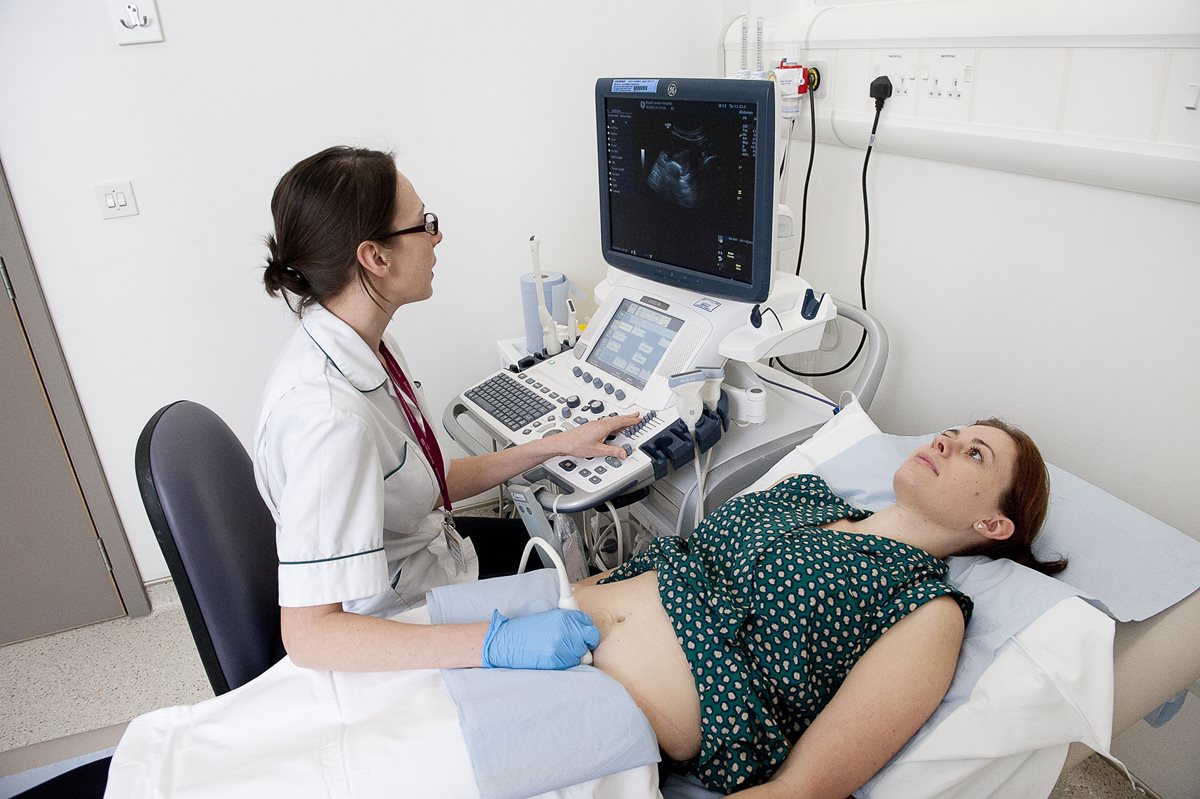Research funded in part by the College of Radiographers Industry Partnership Scheme (CoRIPS) has provided sonographers with specific words and phrases to be used consistently when explaining miscarriages, fetal deaths and anomalies to parents during scans.
The project at the University of Leeds says that parents often recall the exact words and behaviours that the sonographer used when conveying unexpected news. Until now, there has been no standardised way of communicating findings.
The new training framework will help sonographers provide clear information for expectant parents in stressful situations.
Dr Judith Johnson, who led the research, said, "The language used during scans can have a powerful emotional impact on the parents.
“It can influence how they respond to the news, and any decisions they make regarding how to move forward.
“Addressing this issue has been particularly challenging because sonographers may have to communicate a wide variety of findings to parents, from miscarriages to a specific type of fetal anomaly.
“However, sonographers receive no mandatory training in news delivery and up until now, there was no agreed guidance for how to communicate these findings to expectant parents.”
The recommendations include:
- Prioritising the use of honest and clear communication, even with uncertain findings
- Using technical terms, but these should be written down for parents, together with non-technical interpretations
- The term ‘baby’ should be used as a default, even in early pregnancy, unless expectant parents use other terminology such as ‘fetus’
- At the initial news disclosure, communication should focus on providing information
- Expectant parents should not be asked to make decisions during the scan
Dr Johnson said: “These are the first consensus guidelines for news delivery in ultrasound which have been published anywhere in the world
“We hope the guidelines will help to reduce sonographer anxiety.”
Gill Harrison, the Society's professional officer for ultrasound was involved in drawing up the guidelines.
She said, “Sonographers have for many years been taught to deliver unexpected findings detected during an ultrasound scan using methods originally designed for oncologists.
“Unfortunately the setting is completely different in ultrasound. Sonographers are not always expecting to find an abnormality or miscarriage. It is often not until they start scanning that they realise things are not as they should be, leaving little time for preparation.
“To have a framework specifically designed for obstetric ultrasound practice, with clear examples from experts in the field will help in the education of student sonographers and assist experienced practitioners to develop their skills.
“This should not only help build confidence and skills in the ultrasound community, but also lead to better patient care and satisfaction in what can be extremely challenging circumstances for all involved.
Contributors to the framework include: The Miscarriage Association; SANDS (Stillbirth and Neonatal Death Society); ARC (Antenatal Results and Choices); The Downs Syndrome Association; The Society and College of Radiographers; SHINE (the organisation for Spina Bifida and Hydrocephalus); Public Health England; and the Department of Health and Social Care.
